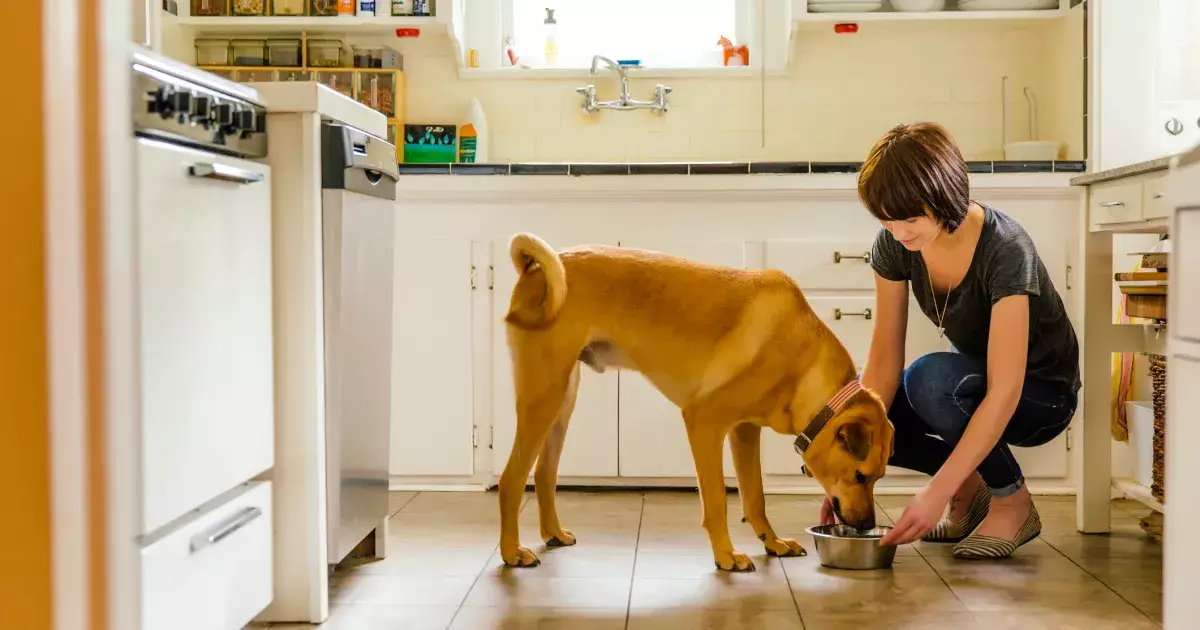As devoted pet parents, our primary concern lies in providing our furry companions with the best possible care. One of the most pressing questions that arise in this context is the method of feeding. Free feeding — the practice of leaving food available for dogs to consume at their convenience — often appears to be a compassionate and stress-free solution. However, beneath this surface lies a complex web of potential issues that challenges the very foundation of what it means to be an attentive pet owner.
The convenience of free feeding cannot be overstated; it allows for a relaxed, unscheduled eating approach. Pet owners with hectic lifestyles often gravitate toward this method, convinced it saves time and ensures their pets are never “starving.” Yet, this decision can backfire, leading to unintended consequences for both our furry friends and ourselves.
Understanding the Risks
While it might seem beneficial to allow dogs to graze freely throughout the day, the drawbacks are significant. A primary concern is the risk of overeating. Dogs, like humans, are prone to gluttony when food is constantly accessible. This unregulated feeding can lead to obesity, a health crisis that affects millions of dogs worldwide. Overweight pets are more likely to suffer from joint problems, diabetes, and heart issues, all of which can drastically reduce their quality of life.
Moreover, free feeding complicates the task of monitoring your dog’s nutritional intake. Without set meal times, it becomes challenging to identify changes in appetite that may signal health problems. When a dog suddenly eats less or shows disinterest in food, it could be a warning sign of underlying issues, which would be easy to overlook in a free-feeding scenario.
The Effect on Potty Training
Another often-overlooked drawback of free feeding is how it disrupts the establishment of a consistent bathroom routine. Structured feeding allows us to predict when our dogs will need to relieve themselves. In contrast, free feeding can create an unpredictable schedule that complicates housetraining and may lead to accidents indoors. A set feeding schedule not only aids in potty training but also contributes to emotional stability for our dogs, helping them feel secure in their routines.
Bonding Beyond the Bowl
Beyond the health implications, one must consider how free feeding alters the human-dog relationship. Scheduled meals provide ideal opportunities for interaction and communication. Engaging with our dogs during mealtime can reinforce training and obedience while simultaneously allowing us to observe their behavior and well-being closely. When we sit down with our dogs at regular intervals, we strengthen our bond and promote a harmonious living environment.
Additionally, dogs are pack animals that thrive on structure and discipline. By sticking to a feeding schedule, we cater to their natural instincts, fulfilling their need for security and predictability.
Making the Right Choice for Your Dog
In navigating the free feeding debate, it’s crucial to weigh the options carefully. If your lifestyle makes it challenging to implement a structured feeding regimen, consider partial feeding. This hybrid approach allows you to control portion sizes while offering some flexibility in timing. Dogs thrive on routine, and incorporating consistency into their lives encourages better health and behavior.
If you’re still uncertain, consulting with a veterinarian about the best feeding practices for your specific dog can yield insightful advice tailored to your pet’s unique needs. Each dog is different, and understanding their health history, breed characteristics, and activity levels can illuminate the most beneficial feeding approach.
In the end, while the idea of free feeding may seem compassionate, it can foster a range of unforeseen complications that challenge our goal to provide optimal care. By choosing scheduled feeding, we reinforce not just dietary discipline but also our bond with our beloved companions, ultimately ensuring their happiness and health thrive.

